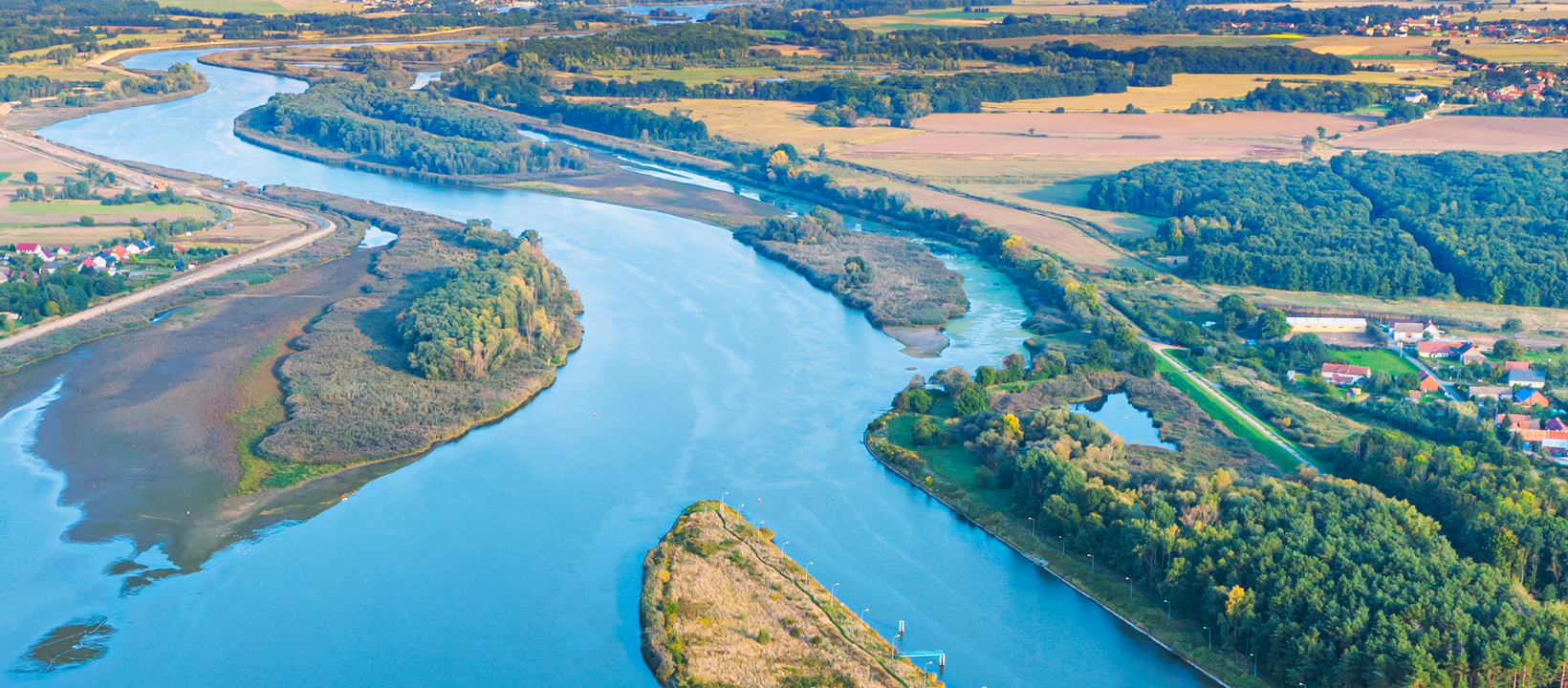Environmental disaster in the Oder river
What factors triggered the ecological disaster in the Oder river? How to restore the river ecosystem? What steps should we take to prevent similar events in the future? The scientists from the Advisory Group on Climate Crisis affiliated with the President of the Polish Academy of Sciences, supported by two PAS Committees on Water Management and Environmental Engineering, provide answers to these questions in their latest position.

In their statement scientists from the Advisory Group on Climate Crisis affiliated with the President of the Polish Academy of Sciences emphasize that many factors overlapped at the same time causing the risk of excessive pollution of the Oder river. They indicate the following six factors:
- Long-lasting periods of very low water level in the river increases its sensitivity to pollutions.
- Wastewater discharges containing biogenic substances, especially nitrogen and phosphorus accelerates growth of phytoplankton.
- Discharges of saline waters from industry or mines could be a direct cause of the rapid growth of golden algae (Prymnesium parvum). Golden algae produces toxins that are lethal to aquatic organisms.
- The maintenance works on the river and low water level might have caused the release of pollutants (heavy metals, biogenic substances) accumulated over time in the river’s bottom sediments.
- An increase in temperature accelerates the pace of biological processes, including algae bloom.
- River regulation, damming and inland navigation may result in longer water retention time, which in turn promotes algae growth.
“Each of the above-mentioned causes results from the direct or indirect human impact on the natural system. Definitely, it cannot be said that the ecological disaster in the Oder river was of a natural cause” write experts in their position. Moreover, scientists from the Advisory Group on Climate Crisis claim that the current situation in the Oder river can be treated as a model example of new, multiple factor hazards related to climate change. These hazards has been discussed in the latest IPCC Report.
Preventive actions
The current crisis is to some extent the aftermath of deeper problems in water management. As water is a common good, integrated water resource management requires not only the participation of institutions but also various social groups in the decision-making process. Hence, scientists call for:
- increasing social control over water management
- resignation from further development of inland water transport in favor of river renaturalization programs
- setting up a special research program to recreate life in the Oder and prevent similar disasters on other Polish rivers
- establishing independent group of experts, which would develop guidelines for adaptive water policy in Poland
Ecosystem restoration
In the experts view, the native fish populations should be restored naturally. The tributaries of the Oder will play an important role here. To facilitate this process, the primary task is to unblock the tributaries so as to allow fish to travel freely. “Any increase in the fish population in the tributaries will lead to more intensive migration, and thus faster colonization of the Oder river” we read in the position.
The river should be restocked only with previously occurring species, with the exception of invasive or artificially introduced species. It is necessary not only to recreate the species composition, but also to preserve genetic diversity.
Researchers emphasize that restoration benefits both nature and humans. For instance, it will contribute to the regulation of extremely low and high flows by connecting the river to the valley, and therefore will help to prevent floods and droughts. It will also improve the self-purification capacity of the river, which as we know, drops drastically in watercourses with a high level of anthropogenic transformations.
The full content of the position is available (in Polish) at the Academy’s website.
Source of information: Polish Academy of Sciences
